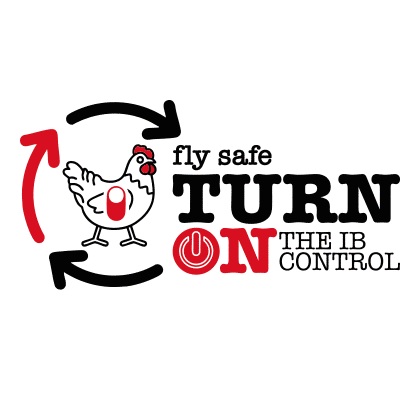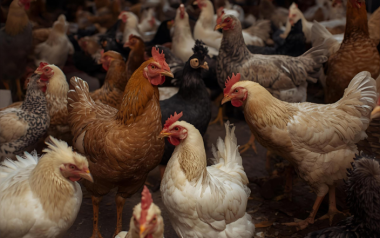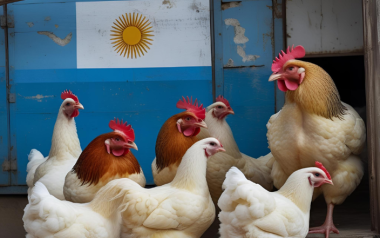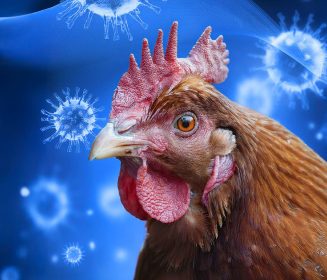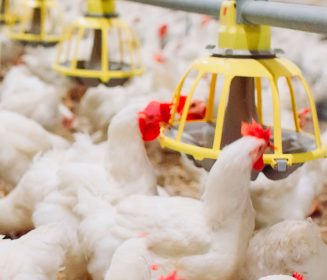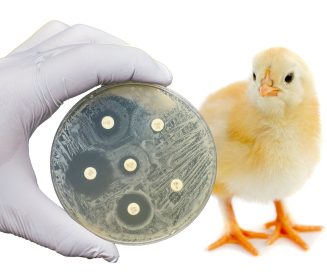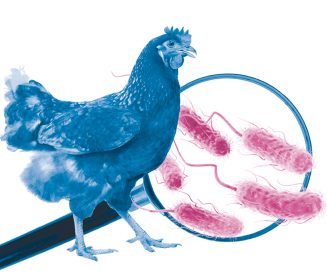Sources: Available upon request
22 Apr 2025
US egg production declines, slow recovery ahead
The United States Department of Agriculture (USDA) has reported a significant decline in egg production in recent years, with a slow recovery projected for the sector. According to the USDA's latest data, egg production in November 2024 totaled 8.92 billion, down 4 percent from the previous year.
The United States Department of Agriculture (USDA) has reported a significant decline in egg production in recent years, with a slow recovery projected for the sector. According to the USDA’s latest data, egg production in November 2024 totaled 8.92 billion, down 4 percent from the previous year. This decline is attributed to various factors, including outbreaks of highly pathogenic avian influenza (HPAI) that have severely impacted the egg-laying flock.
The average number of layers during November 2024 was 376 million, a 3 percent decrease from the previous year. The rate of lay per day also saw a slight decline, averaging 79.0 eggs per 100 layers, down 1 percent from December 2023. These reductions have led to a decrease in the overall egg production, affecting both table eggs and hatching eggs.
Despite these challenges, the USDA projects a gradual recovery for the egg sector. The long-term outlook suggests that U.S. egg production will continue to expand, reaching a record 10.8 billion dozen by 2033. This recovery is contingent on several assumptions, including no further outbreaks of avian influenza, stable U.S. and global policies, and favorable macroeconomic conditions.
The recovery process is expected to be slow, with ongoing challenges such as recent flock losses and fluctuating market prices. Projected table egg production for 2025 has been adjusted down due to these recent losses, while egg and egg product imports are expected to increase. Additionally, egg prices are projected to decrease in 2025, reflecting recent price trends.
The USDA’s projections highlight the resilience of the U.S. poultry and egg sector, which has faced significant setbacks but is poised for long-term growth. The demand for eggs and egg-containing products remains strong, driven by their affordability and nutritional value. As the sector navigates these challenges, the focus will be on maintaining biosecurity measures to prevent further outbreaks and ensuring a stable supply of eggs to meet consumer demand.
In conclusion, while the U.S. egg production sector has experienced a notable decline, the USDA projects a slow but steady recovery. The sector’s ability to adapt to changing conditions and implement effective measures will be crucial in achieving the projected growth and ensuring a sustainable future for egg production in the United States.







